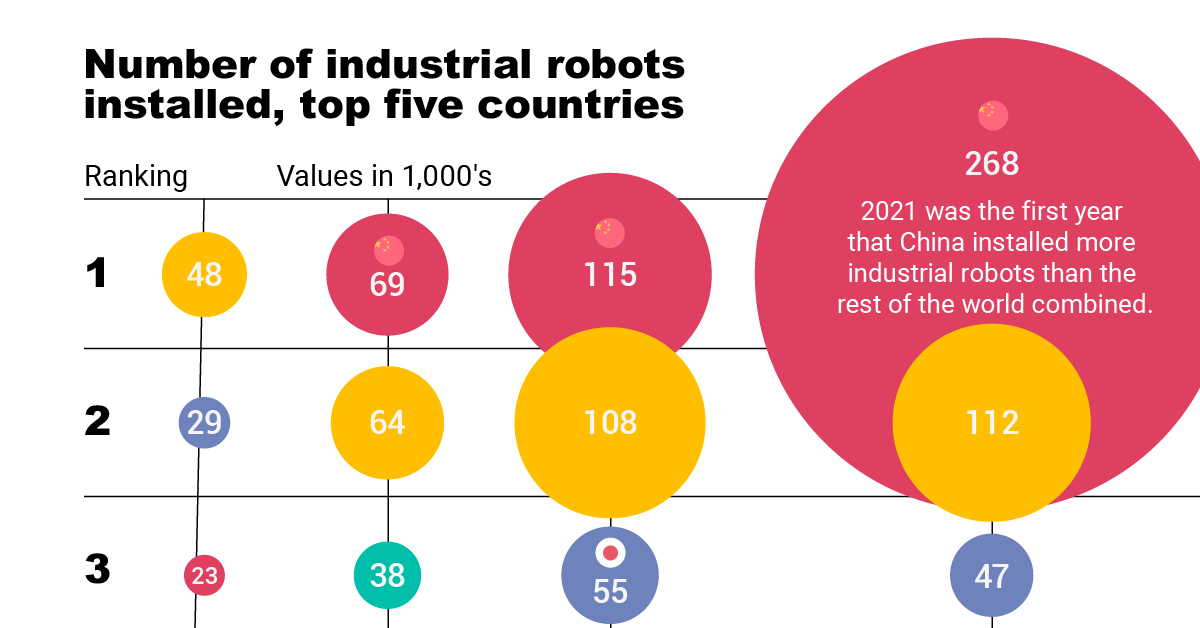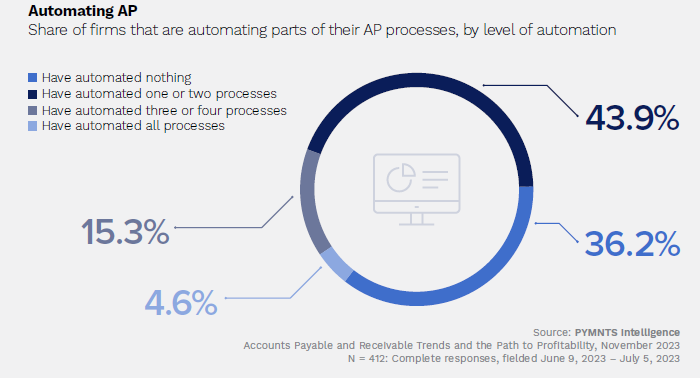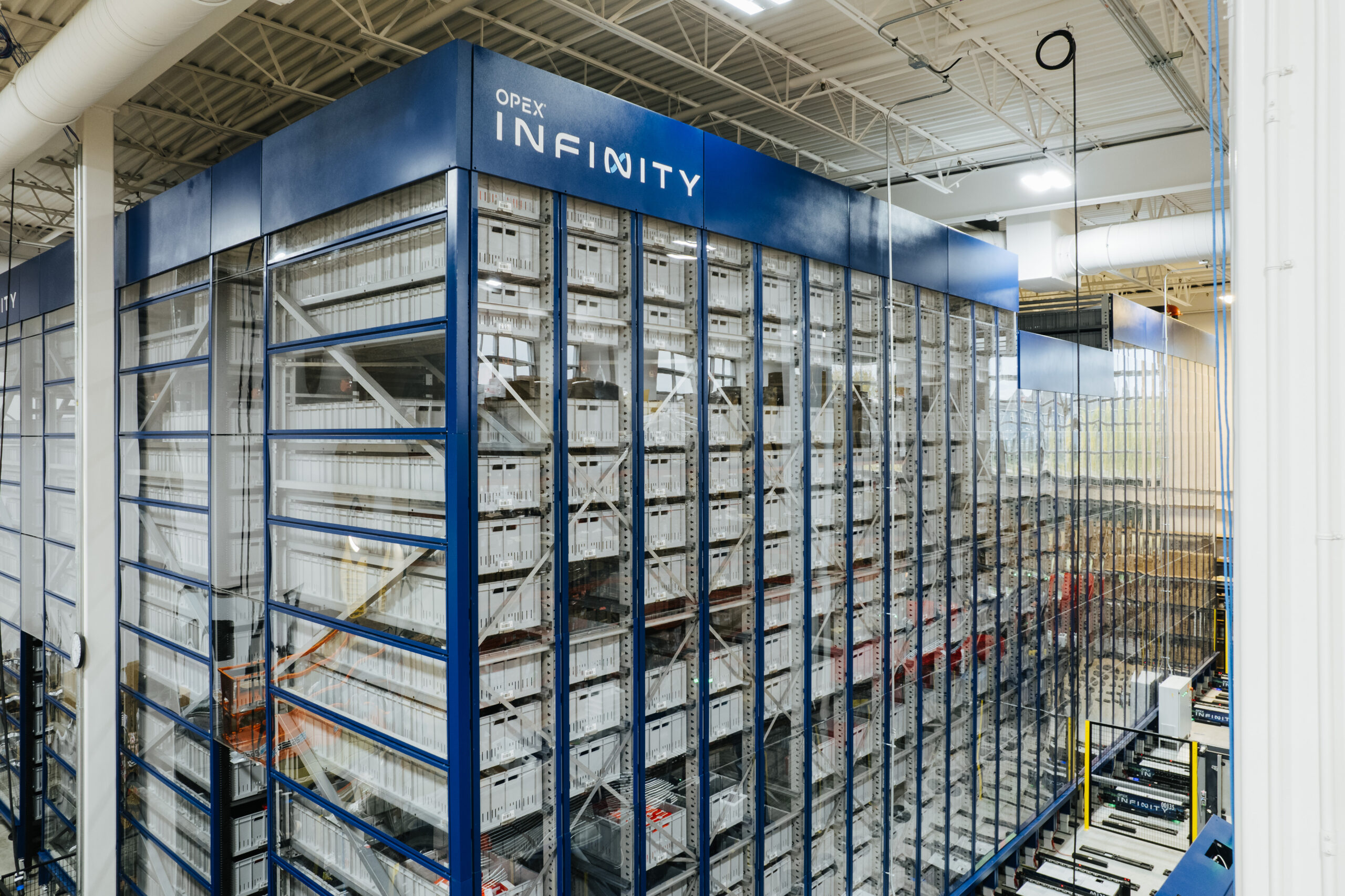Industrial Automation: Who Leads the Robot Race?
The advent of industrial robotics has triggered a wave of automation that is progressively sweeping across global industries. Countries that deploy these robots in great numbers are likely to increase their productivity and lower their costs of production.
With this in mind, the graphic above from our sponsor MSCI ranks the top countries by industrial robot installations.
Data and Highlights
This data was sourced from a 2022 report published by the International Federation of Robotics.
| Country | 2012 | 2015 | 2018 | 2021 |
|---|---|---|---|---|
| 🇨🇳 China | 23,000 | 69,000 | 115,000 | 268,000 |
| 🇯🇵 Japan | 29,000 | 35,000 | 55,000 | 47,000 |
| 🇺🇸 U.S. | 22,000 | 28,000 | 40,000 | 35,000 |
| 🇰🇷 South Korea | 19,000 | 38,000 | 38,000 | 31,000 |
| 🇩🇪 Germany | 18,000 | 20,000 | 27,000 | 24,000 |
| 🌍 Rest of World | 48,000 | 64,000 | 108,000 | 112,000 |
It may not be surprising that China leads the world in industrial automation, given its prowess in mass production. In fact, in 2021, China installed more industrial robots than all other countries in the world combined.
According to the IFR report, 56% of the robots that China installed in 2021 were deployed in automotive or electronics-related industries. The same trend can be seen in Japan, with 53% of its 2021 installations also being in those two industries.
America’s installations were more evenly distributed, with 36% dedicated to automotive and electronics. Other major sectors were metals and machinery (11%), plastics and chemicals (10%), and food (10%).
Robotics for the Future
Falling birth rates and the aging of the baby boomer generation suggest that many of the world’s biggest economies will eventually experience labor shortages. This is evidenced by the constrictive population pyramids of Japan, the U.S., Europe, and even China.
The IFR believes that robotics can help to solve this problem, not just in manufacturing, but also in critical industries like agriculture and healthcare.
For example, robotics are expected to become more common in the surgery room, where they can perform intricate procedures with the help of artificial intelligence. The market for surgical robots is expected to reach over $20 billion by 2030, up from $4.4 billion in 2020.
Given the vast array of use cases, robotics and AI are two technologies that could rapidly transform our world over the coming decades. Investors can gain insight with the MSCI ACWI IMI Robotics & AI Index, which benchmarks an investable universe of companies associated with automation.

-
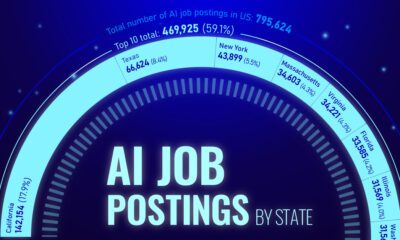

AI1 month ago
Visualizing the Top U.S. States for AI Jobs
Nearly 800,000 AI jobs were posted in the U.S. throughout 2022. View this graphic to see a breakdown by state.
-


AI1 month ago
Ranked: The World’s Top 25 Websites in 2023
OpenAI is now one of the world’s top websites, rapidly approaching the level of traffic received by TikTok and Amazon.
-
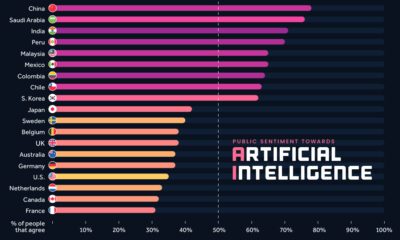

Technology2 months ago
Visualizing Global Attitudes Towards AI
We visualize survey results from over 19,000 adults across 28 countries to see how attitudes towards AI differ around the world.
-
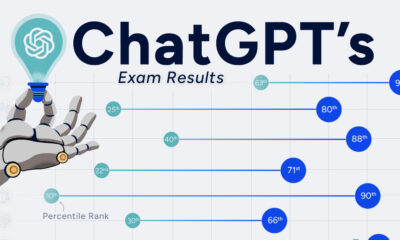

Education2 months ago
How Smart is ChatGPT?
We visualize the performance of ChatGPT in various professional and academic exams, highlighting the improvements of GPT-4 over GPT-3.5.
-


Technology5 months ago
Decoding Google’s AI Ambitions (and Anxiety)
In a recent letter, Sundar Pichai reveals more than meets the eye. Here we read between the lines to provide more context into Google’s position on…
-
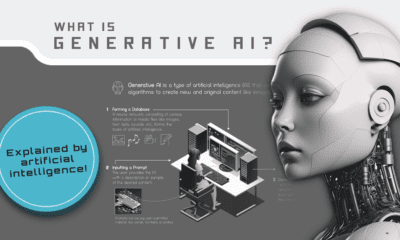

Technology5 months ago
Infographic: Generative AI Explained by AI
What exactly is generative AI and how does it work? This infographic, created using generative AI tools such as Midjourney and ChatGPT, explains it all.







